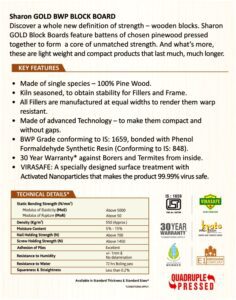
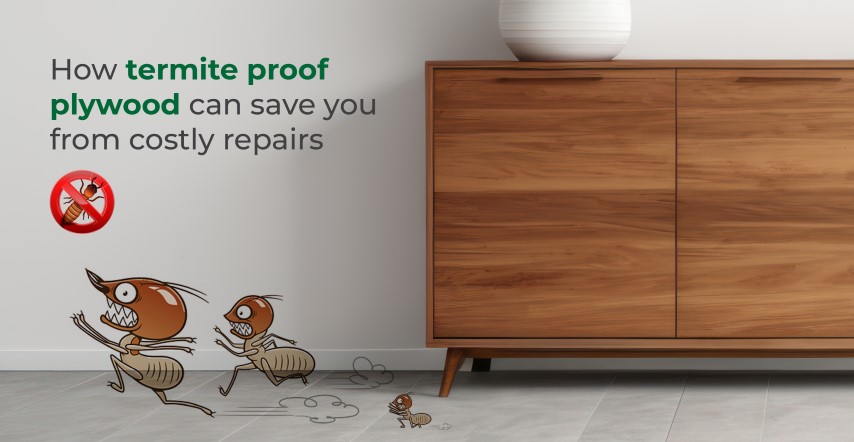
When it comes to constructing or renovating your home, choosing the right materials is crucial, especially in regions prone to termite infestations. Termites can cause severe damage to wooden structures, leading to expensive repairs and safety concerns. Fortunately, termite proof plywood is an innovative solution that can significantly reduce the risk of termite damage. In this blog, we will explore how anti-termite plywood works and the various benefits it offers to homeowners.
Table of contents
Understanding Termite Damage
What is Termite Proof Plywood?
The Benefits of Using Termite Proof Plywood
How to Choose the Right Termite Proof Plywood
Protecting Your Home with Termite Proof Plywood
Termites are tiny, damp, and warm-blooded insects that feed on wood. They can cause significant destruction to wooden structures, including beams, floors, and furniture, often going unnoticed until the damage is extensive. The repair costs associated with termite damage can be staggering, sometimes running into thousands of dollars. This is why preventative measures, such as using termite resistant plywood, are essential for protecting your home.
Termite proof plywood, also known as anti-termite plywood, is specially treated to resist termite attacks. This plywood undergoes a chemical process that makes it unappealing to termites, thereby protecting the underlying wooden structure. The treatment can be applied during manufacturing, ensuring that the plywood maintains its termite-resistant properties for a long time.
Unlike regular plywood, which can be a feast for termites, termite resistant plywood is formulated to provide a barrier against these destructive pests. This material is versatile and can be used for both home and commercial building. It may be used for flooring, walls, and furniture, among other things.
One of the primary advantages of using anti-termite plywood is the cost savings associated with preventing termite damage. Repairing or replacing damaged structures can be an expensive endeavour, involving labour, materials, and sometimes even additional treatments. By investing in termite resistant plywood upfront, homeowners can avoid these costs altogether, leading to substantial long-term savings.
It might bring anyone a great piece of mind to know that termites are not a threat to the home. Knowing that their investment is safe and that you have taken preventative measures to safeguard their property, homeowners may relax. With this plywood, you can reduce the worry of infestations and the potential damage they may cause.
Unlike traditional methods of termite control, such as chemical treatments that require regular reapplication, termite proof plywood offers long-lasting protection. The treatment process used in the manufacturing of anti-termite plywood ensures that it remains effective for many years, providing a reliable barrier against termites without the need for constant upkeep.
Termite resistant plywood is suitable for various applications, making it an excellent choice for multiple projects. Whether you’re constructing a new home, renovating an existing space, or building outdoor structures like decks and sheds, using this plywood can help safeguard your investment. Its versatility means that you can incorporate it into almost any area of your home without compromising on quality or aesthetics.
Anti-termite plywood comes in a variety of finishes, colors, and textures, allowing homeowners to achieve their desired look without sacrificing durability. This material can be used in visible areas like furniture and cabinetry, providing both beauty and protection. Choosing termite resistant plywood means you don’t have to choose between aesthetics and safety.
Many manufacturers of termite proof plywood utilize sustainable practices in their production processes. By choosing this type of plywood, you can contribute to environmental conservation while protecting your home. Additionally, termite resistant plywood often uses renewable resources, making it an eco-friendly choice for conscientious homeowners.
When selecting termite proof plywood, consider the following factors to ensure you make the best choice for your needs:
Ensure that the plywood is treated with high-quality anti-termite chemicals. Check for products that have undergone certification and termite effectiveness testing. Research the manufacturer’s reputation and verify the standards they adhere to during production.
Choose plywood that meets the thickness and density requirements for your specific application. The thicker and denser the plywood, the more resistant it will be to both termites and other forms of damage.
If sustainability is important to you, check for environmental certifications. Many termite resistant plywood products are made from responsibly sourced wood and treated with eco-friendly chemicals.
Look for products with guarantees or warranties. A reputable manufacturer will often stand behind their product, offering assurances that their termite proof plywood will provide the protection it promises.
Termite proof plywood is a cost-effective solution for protecting your home from costly termite damage. Offering long-lasting protection and minimal maintenance, this versatile material suits various applications while enhancing aesthetic appeal. With eco-friendly options available, incorporating SharonPly’s termite-resistant plywood into your projects ensures your home remains durable, safe, and beautiful for years to come.

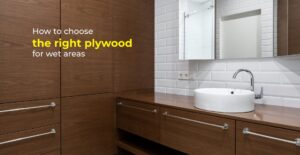


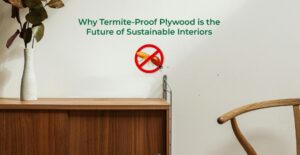
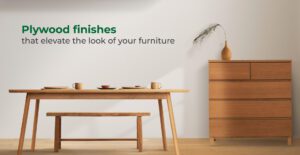




Users understand that SHARONPLY is committed to protecting the User’s privacy and shall take all efforts to protect any personal data provided to the Website by reasonable security safeguards against such risks as loss or unauthorised use, destruction, modification or disclosure of data, However, in case of any lapse, SHARONPLY shall not be held responsible for any effect or consequences thereof. The Website uses cookies to track usage of the path of the User. Since most web browsers automatically accept cookies, User can edit User’s browser options to block them if User does not want the Website to use cookies to track usage of the path of the User.
SHARONPLY undertakes not to disclose, except as otherwise provided, the personal information provided by the User to any person, unless such action is necessary to: –
By filling up any form on the Website User automatically grants SHARONPLY a royalty-free, perpetual, irrevocable non-exclusive license to use, reproduce, publish, edit, distribute, and publicly display the information given in the form and to sublicense such rights.
Any queries regarding the SHARONPLY’s privacy policy, may be sent to admin@sharonply.com.
